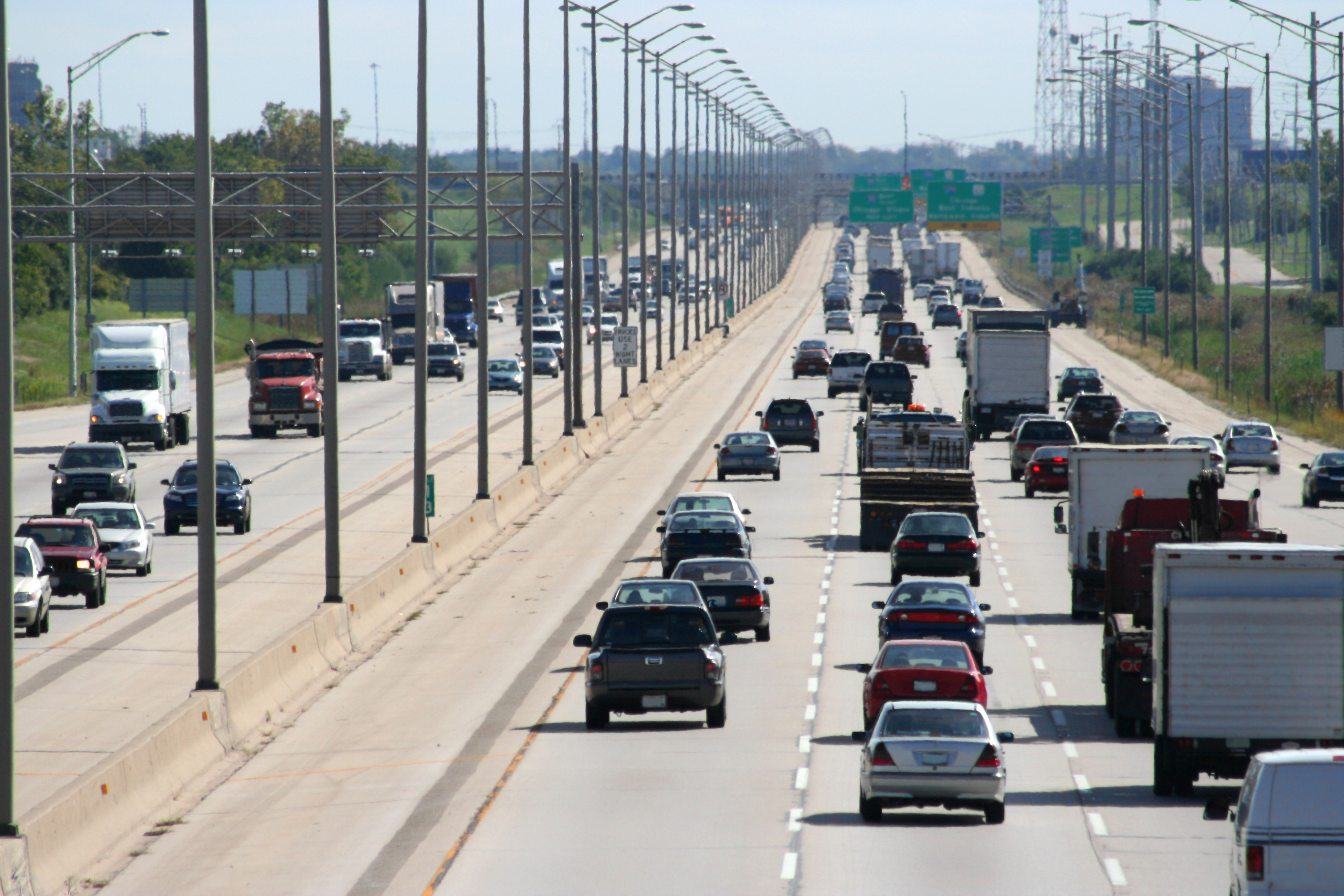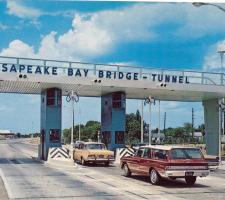
Desire to improve traffic flows at a lower cost is driving adoption of open road tolling
Toll system suppliers are considering service structures and technologies needed to address issues of social exclusion in open road tolling. Jason Barnes asked Telvent's Pat McGowan to explain moves to address the needs of all toll customers
The virtues of free flowing 'open road tolling' (ORT) are obvious to toll operators and many road users. But in eagerness to use ORT to make transport infrastructure work better it can be too easy to discount those who lack access to the technology due to personal, social or economic circumstances.
Social exclusion is not a new issue in tolling. It has evolved over decades and has its roots in the introduction of electronic toll collection, says
Improving effectiveness
Historically, tolling agencies have looked to provide customers with access to express lanes but they have always kept cash payment lanes as an option. Now though, many agencies are looking at how to improve traffic flows by reducing congestion at toll plazas and how to do so at a lower cost. ORT is seen as a solution because it removes or reduces the need for toll plazas and barriers along a given route. However, while the move to free flowing traffic increases efficiencies it removes the cash payment option and in doing so increases exclusion."As ORT proliferates we're reaching a point where decisions and solutions which address how to preserve or improve inclusion are needed," McGowan says.
"The goal has to be to retain access to tolled facilities for road users from across all social strata but addressing this can never be a one size fits all issue." One significant development likely in the near future will be the emergence of new third party service providers to cater for the needs of cash customers.
"It's important to keep in mind that there is a wide variety of solutions to this issue which can be provided by tolling agencies and third parties," McGowan says. "It will be for users to identify which best suits their needs. Pre-paid toll tags or transponders are options but the introduction of pre-paid services provided by third parties is among the most interesting in many respects.
"In order to address the needs of the cash customer, the third party service provider would have agreements established with toll agencies. Customers would register their vehicles' number plates with the service provider and this would effectively allow them access to the different agencies' tolled facilities." That sort of proposition is likely to chime well with road users, McGowan notes, as most simply do not care who owns and runs a facility; they just want a single bill to come through the door each month.
"It would also be an ideal solution for someone looking to take a long driving holiday across multiple agencies' jurisdictions. It has to be borne in mind that in the US there are not just tens but hundreds of different agencies to consider.
Drivers don't want to have to carry a large bag of coins, nor do they want to have multiple toll tags," McGowan says.
Technology agnostic
In terms of technology, McGowan continues, it is important for the third party service provider to not tie itself too closely to one type of solution. Dedicated short range communication tags and camera based systems, such as automatic number plate recognition (ANPR), are already common. Newer solutions such as smartphones with short range communication protocols may shortly be making their presence felt (see page 41) and further options can be expected to follow as vehicle-to-vehicle and vehicle-to-infrastructure communications and other new technologies roll out in future.However, current emphasis has to be on making use of whatever is immediately available, McGowan says: "Vision based systems are a front runner. About 30% of vehicles passing ORT installations are being read by ANPR. Some people may only use a given road once a year; anything which allows them to register and not be considered a violator, but just receive and pay a bill, has to be a contender. Another advantage of vision based, pre-paid systems is that users understand how they work.
"It's important to launch an array of solutions, though perhaps not all on the same day. Over time, other means of payment, such as smartphones, will also gain acceptance. I'm not convinced that the smartphone is the solution in this case, however. You have to ask who the target customer is. The economically disadvantaged deal principally in cash.
They are generally less likely to own smartphones and have multiple accounts so cashless solutions that they are comfortable with are needed. Right now the biggest need is to address the cash issue, because it is payment with cash that's going.
"We shouldn't get lost in the technology, but maintain awareness of the entire demographic of customers and what their needs are. That way we can ensure toll roads remain accessible to everyone."
Developing role
McGowan sees a greater role for tolling equipment providers such as Telvent in this developing niche of promoting inclusivity. Most hardware suppliers are unlikely to direct their efforts towards addressing the issue because it is not their core business. Such organisations lack the knowledge, reputation or confidence in the market. McGowan says: "I think we'll see some of the toll system providers getting involved first because they have already recognised a need and a space to be filled. We may also see some of the banks and other financial institutions responding."Do not consider this to be a side business for the tolling market's larger suppliers. It's not; it's more of an evolution and for that reason I don't think companies that lack the requisite experience will just pop up out of nowhere and be successful in providing third party services." With more states looking at design, build and finance solutions, and distance based charging starting to gain traction as a solution to the funding crises which beset the US's strategic roads, McGowan predicts that the first third party service providers could be up and running from as early as the second half of 2012. Although such entities' services could provide a workable solution to interagency travel, he feels that there is still a need to solve the US tolling industry's interoperability issues via other means.
The interoperability effort is still very much alive and kicking, he says: "I certainly hope we don't continue down the paths we have followed so far, but I do think that the interoperability issue will get solved - if only because user pressures will demand it. LPR (license plate recognition) gets around the problems of interoperability but that's not to say it's the solution; it's just one of the bridging technologies we'll use until true interoperability arrives. What this comes down to is not a technical issue. It is a matter of getting everyone to agree on a single solution. That may come about as a consequence of a mandate or an agreement, or a combination of the two.
Despite interoperability efforts continuing, McGowan foresees a solution being years or even decades away. In the interim, the services of third parties for a single point of contact for toll payment are likely to prove attractive for customers. McGowan repeats the example of a driver travelling in an unfamiliar location: he or she is not going to know which roads can be used without paying and vice versa. Cross-agency service providers could remove the headache of uncertainty, ensuring the right amounts are charged and paid as applicable. "With third party companies we would have more options out there at least," McGowan says.
Challenges
In terms of obstacles and challenges, the biggest, he feels, are non-technical: "It's not so much an issue of developing the solution. There are many great concepts out there that we can adapt. The greater difficulty comes in making the customer aware. That's going to mean large companies familiar with the consumer space becoming the frontrunners.This is why I think only some of the tolling system providers will be among the first of the service providers, not all of them. It's a new area for tolling companies but not necessarily for larger corporations. Telvent, as a part of














